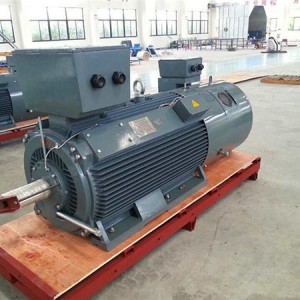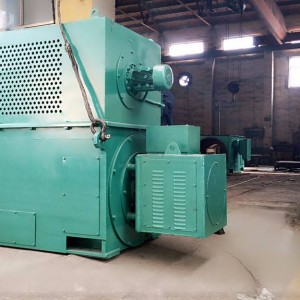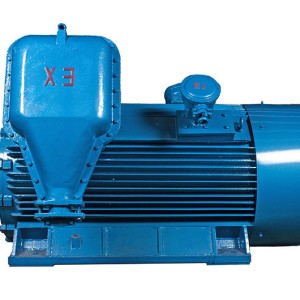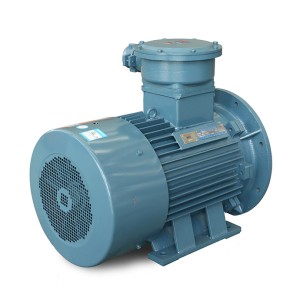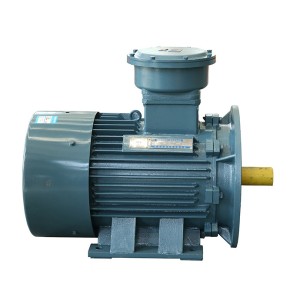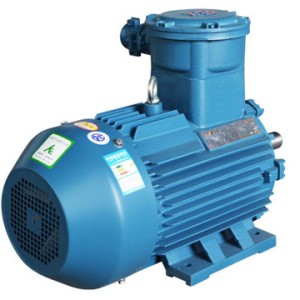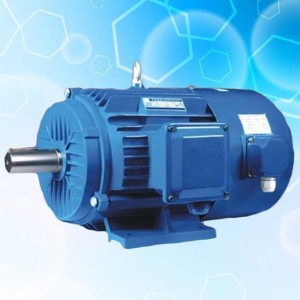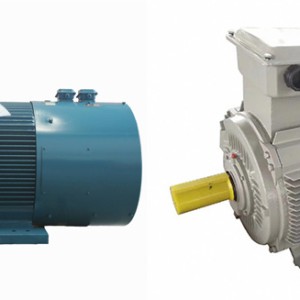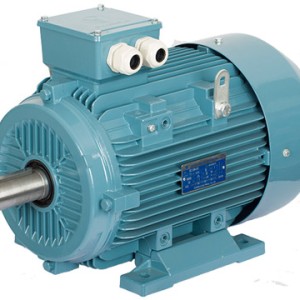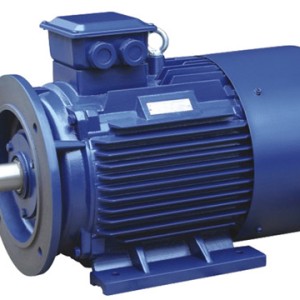Several situations of motor current being too high
When the motor current is high, it is often manifested in the serious heating of the motor. The following basically summarizes the reason why the motor current is too high.
1. The power supply voltage is too high
When the power supply voltage is too high, the motor back electromotive force, magnetic flux and magnetic flux density will increase accordingly. Since the magnitude of the iron loss is proportional to the square of the magnetic flux density, the iron loss increases, causing the core to overheat. The increase of the magnetic flux causes a sharp increase in the excitation current component, resulting in an increase in the copper loss of the stator winding and overheating of the winding. Therefore, when the supply voltage exceeds the rated voltage of the motor, the motor will overheat.
2. The power supply voltage is too low
When the power supply voltage is too low, if the electromagnetic torque of the motor remains unchanged, the magnetic flux will decrease, the rotor current will increase accordingly, and the load power component in the stator current will increase accordingly, causing the copper loss of the winding to increase, resulting in the stator and rotor. Winding overheated.
3. Asymmetrical power supply voltage
When one phase of the power line is disconnected, one phase of the fuse is blown, or the corner head of the knife starter is burnt, causing one phase to fail, it will cause the three-phase motor to run on a single phase, causing the running two-phase winding to overheat and burn due to high current. Therefore, fuse protection is generally not suitable for three-phase motors.
4. Three-phase power supply is unbalanced
When the three-phase power supply is unbalanced, the three-phase current of the motor will be unbalanced, causing the winding to overheat.
It can be seen from the above that when the motor is overheated, the reasons for the power supply should be considered first (soft start, frequency converter, and servo drive can also be regarded as power supplies). After confirming that there is no problem with the power supply, consider other factors.
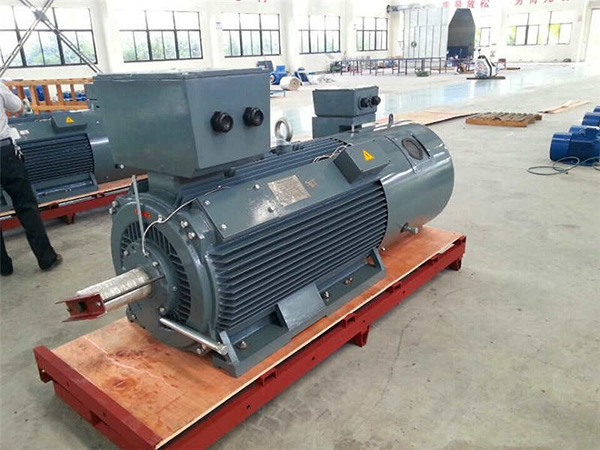
Power problem
1. Motor overload operation
When the equipment is not matched and the load power of the motor is greater than the rated power of the motor, the motor will be overloaded for a long time, which will cause the motor to overheat. When repairing an overheated motor, you should first find out whether the load power is consistent with the motor power to prevent blind and purposeless disassembly.
2. The mechanical load being dragged is not working properly
Although the equipment is matched, the mechanical load dragged does not work properly, the load is large and small during operation, and the motor is overloaded and heated. Three-phase asynchronous motor When the three-phase stator windings of the motor (each with a difference of 120 degrees in electrical angle) are connected to the three-phase symmetrical alternating current, a rotating magnetic field will be generated, and the rotating magnetic field will cut the rotor winding, thereby generating an induced current in the rotor winding ( The rotor winding is a closed path), the current-carrying rotor conductor will generate electromagnetic force under the action of the stator rotating magnetic field, thereby forming an electromagnetic torque on the motor shaft, driving the motor to rotate, and the motor rotation direction is the same as the rotating magnetic field direction.
3. The dragging machinery is faulty
When the machinery being dragged is faulty, inflexible in rotation or stuck, it will overload the motor and cause the motor windings to overheat. Therefore, when the motor is overheated, the load factor cannot be ignored.
Problem with the motor itself
1. Motor winding open circuit
When one phase winding of the motor winding is open circuit, or one branch circuit in the parallel branch circuit is open circuit, it will cause the three-phase current to be unbalanced and cause the motor to overheat.
2. The motor winding is short-circuited
When a short-circuit fault occurs in the motor winding, the short-circuit current is much larger than the normal operating current, which increases the copper loss of the winding, causing the winding to overheat or even burn.
3. Wrong connection of motor star angle
When the delta-connected motor is wrongly connected to a star, the motor still runs with full load, and the current flowing through the stator windings exceeds the rated current, and even causes the motor to stop by itself. Overheating, it will also burn. When a star-connected motor is wrongly connected into a triangle, or a motor with several coils connected in series into one branch is wrongly connected into two branches in parallel, the windings and the iron core will be overheated, and the windings will be burned in severe cases.
4. Wrong connection of motor coil
When a coil, coil group or one-phase winding is reversely connected, the three-phase current will be severely unbalanced and the winding will be overheated.
5. Mechanical failure of the motor
When the motor shaft is bent, poorly assembled, or the bearing is faulty, etc., the motor current will increase, the copper loss and mechanical friction loss will increase, and the motor will overheat.
Ventilation and heat dissipation problem
1. The ambient temperature is too high, making the inlet air temperature high.
2. The air inlet is blocked by debris, so that the air intake is not smooth, resulting in a small air intake.
3. Too much dust inside the motor affects heat dissipation. Compared with single-phase asynchronous motors, three-phase asynchronous motors have better running performance and can save various materials. According to the different rotor structures, three-phase asynchronous motors can be divided into two types: cage type and wound type.
4. The fan is damaged or installed reversely, resulting in no wind or small air volume.
5. The windshield is not installed or the windshield is not installed in the motor end cover, which causes the motor to have no certain air path.
other problems
1. Repair motor problem
The starting current of the repaired motor reaches more than 66%. At the same time, the motor operates frequently, which will also cause high current and cause the motor to overheat.
2. Series resistance problem
The wound motor does not match with the series resistor, and at the same time, the motor operates frequently, which will also cause high current and cause the motor to overheat.
3. Motor vibration problem
Excessive motor vibration may also cause high motor current. Reasons and solutions:
1. Unbalanced rotor – leveling balance
2. The pulley is unbalanced or the shaft extension is bent – check and correct
3. The motor and the load axis are not aligned – check and adjust the axis of the unit
4. Improper installation of the motor – check the installation and foot screws
5. The load is suddenly too heavy – reduce the load
Post time: 2022-02-16


